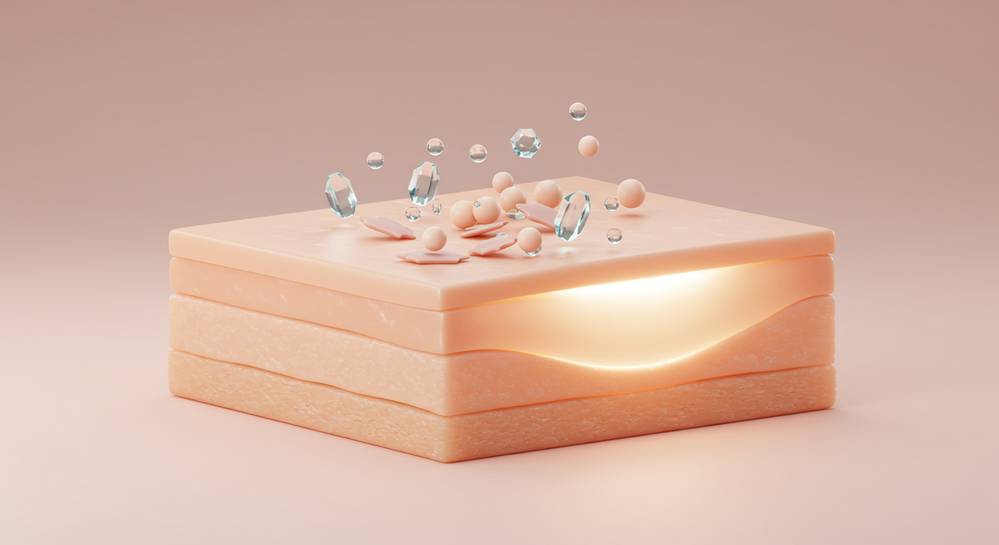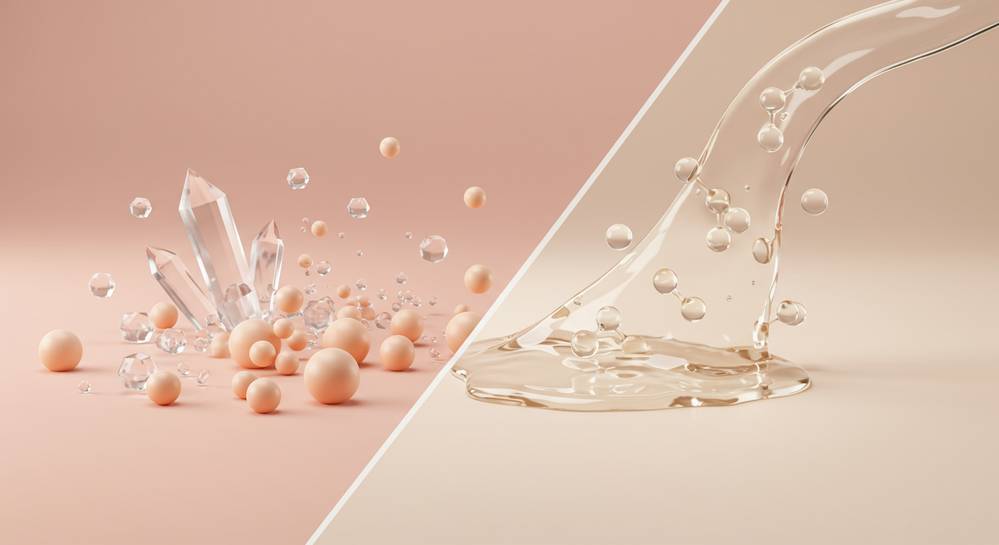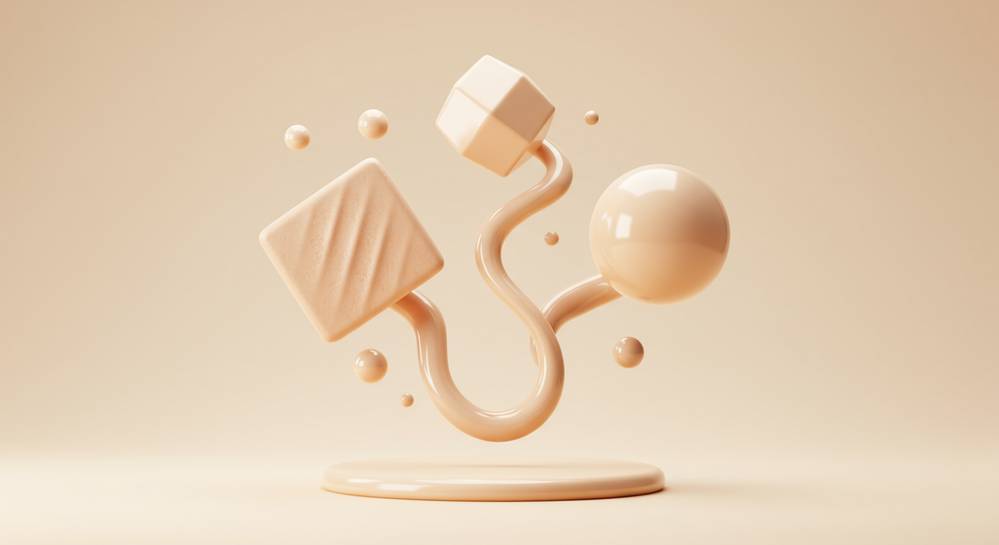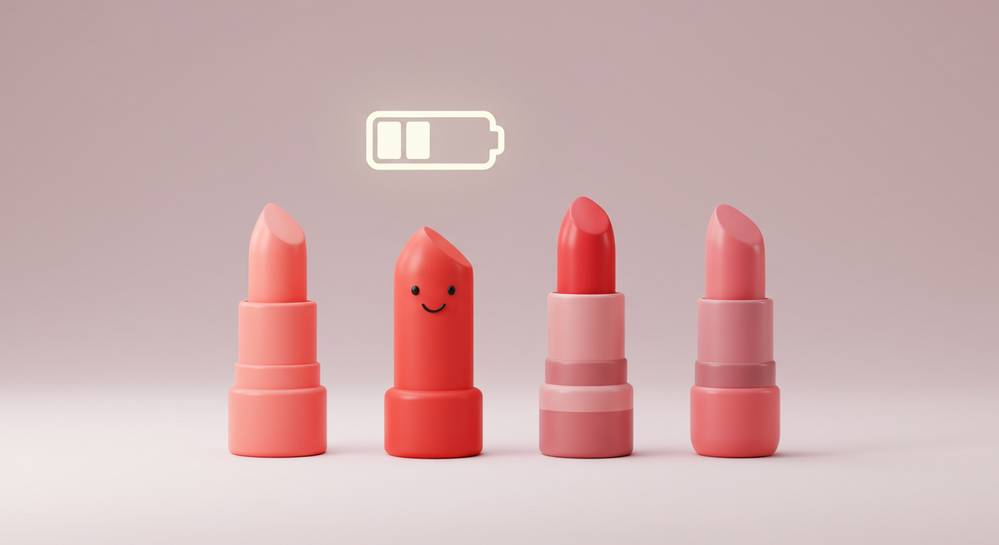Achieving radiant, glowing skin is a universal goal, yet dead skin cells can often leave it looking dull and tired. The solution lies in effective exfoliation. Our comprehensive best exfoliating scrubs review provides an expert guide to help you understand the different types of scrubs, identify the best ingredients for your skin type, and use them correctly to reveal your healthiest complexion yet.
Understanding the fundamentals of exfoliation

Exfoliation is the essential practice of removing dead cells from your skin’s outermost layer. This process is critical for maintaining a vibrant complexion, as buildup can lead to a dull and uneven appearance. Understanding its function is crucial before exploring any best exfoliating scrubs review. It clarifies why this step is a non-negotiable foundation for truly healthy skin, not just a temporary fix.
Key benefits of consistent exfoliation
By sloughing away the surface layer of lifeless cells, you reveal the fresher, more youthful skin underneath. This simple action unlocks several tangible improvements for your complexion and overall skin health.
- Improves Skin Texture: Creates a noticeably smoother and more polished feel by eliminating rough patches.
- Enhances Natural Radiance: Unclogged pores reflect light more effectively, revealing a vibrant and healthy glow.
- Boosts Product Efficacy: It allows serums and moisturizers to penetrate deeper for maximum impact. This principle is central to many advancements in beauty technology.
Physical vs chemical scrubs which is right for you

The primary distinction in exfoliating scrubs lies in their method of action: physical or chemical. Physical exfoliants use small particles like sugar or jojoba beads to manually scrub away dead skin for an instantly smoother feel. In contrast, chemical exfoliants use acids or enzymes to dissolve the bonds holding dead cells together. Understanding this core difference is the first step in any best exfoliating scrubs review, ensuring you select a product that helps, not harms, your skin.
| Feature | Physical Exfoliant | Chemical Exfoliant |
|---|---|---|
| Mechanism | Manual abrasion with particles | Dissolves cell bonds with acids like AHA or BHA |
| Best For | Resilient, oily, or combination skin types | Most skin types, including sensitive and acne-prone |
| Key Ingredients | Sugar, salt, ground nuts, jojoba beads | Glycolic Acid, Lactic Acid, Salicylic Acid |
| Potential Risks | Can cause micro-tears if particles are too harsh | Can cause irritation or sun sensitivity if overused |
Neither approach is universally superior; the ideal choice depends entirely on your skin type and sensitivity. Physical scrubs provide immediate tactile results but can be too abrasive for delicate complexions if not chosen carefully. Chemical options offer a more uniform exfoliation and can address deeper concerns like hyperpigmentation over time. The best choice is always the one that aligns with your specific needs without compromising your skin barrier.
Selecting the perfect scrub for your skin type

Finding the ideal exfoliating scrub is about matching ingredients to your specific skin condition, not chasing brands. A product that gives one person a radiant glow might cause irritation for you. Understanding your skin’s unique needs is the first step in any credible best exfoliating scrubs review. Always patch-test a new product on a small, discreet area before applying it to your entire face to prevent adverse reactions.
For oily and acne-prone skin
The goal for this skin type is to control sebum and keep pores clear. Look for products containing Beta Hydroxy Acids (BHAs) like Salicylic Acid. It is oil-soluble, allowing it to penetrate deep into pores to dissolve oil and dead skin, effectively preventing breakouts. Gentle physical scrubs can also be useful, but always avoid harsh, jagged particles that can cause inflammation.
For dry or mature skin
Dry and mature skin types benefit most from Alpha Hydroxy Acids (AHAs) like Glycolic Acid or Lactic Acid. These ingredients exfoliate the surface while also acting as humectants, helping the skin retain crucial moisture. Lactic Acid is a gentler AHA, making it an excellent choice for those new to chemical exfoliation or with slightly sensitive skin.
For sensitive skin
If your skin is sensitive, approach exfoliation with caution. Opt for extremely gentle chemical exfoliants like Polyhydroxy Acids (PHAs) or enzyme-based formulas from fruits like papaya. These have larger molecules that do not penetrate as deeply, significantly reducing the risk of irritation. Always choose fragrance-free products and avoid coarse physical scrubs entirely.
How to use exfoliating scrubs for maximum results
Proper application is just as important as choosing the right product from any best exfoliating scrubs review. Incorrect usage can lead to irritation, redness, and a damaged skin barrier, completely negating the benefits of exfoliation. The key is to be gentle and consistent, not overzealous. Listen to your skin and adjust your routine as needed. Exfoliating should be a restorative step in your skincare, not a harsh treatment.
- Start with a clean base: Always use your exfoliant on a freshly cleansed and damp face. This simple step prevents you from rubbing dirt and bacteria deeper into your pores.
- Use gentle, circular motions: When using a physical scrub, apply light pressure in small circles for about 30 to 60 seconds. Let the particles do the work, not the force from your hands.
- Avoid over-exfoliating: Most skin types only need exfoliation one to three times per week. Overdoing it can strip the skin’s protective barrier, leading to sensitivity and irritation.
- Always moisturize after: After rinsing off the exfoliant, pat your skin dry and immediately apply a hydrating serum or moisturizer to soothe and protect your newly revealed skin.
Choosing the right exfoliant is a personal journey tailored to your skin’s unique needs. By understanding the difference between physical and chemical options and identifying ingredients suited for your skin type, you can achieve a smoother, more radiant complexion safely. For more expert skincare advice and in-depth guides, continue exploring Beauty Buzz 365, your trusted source for all things beauty.



